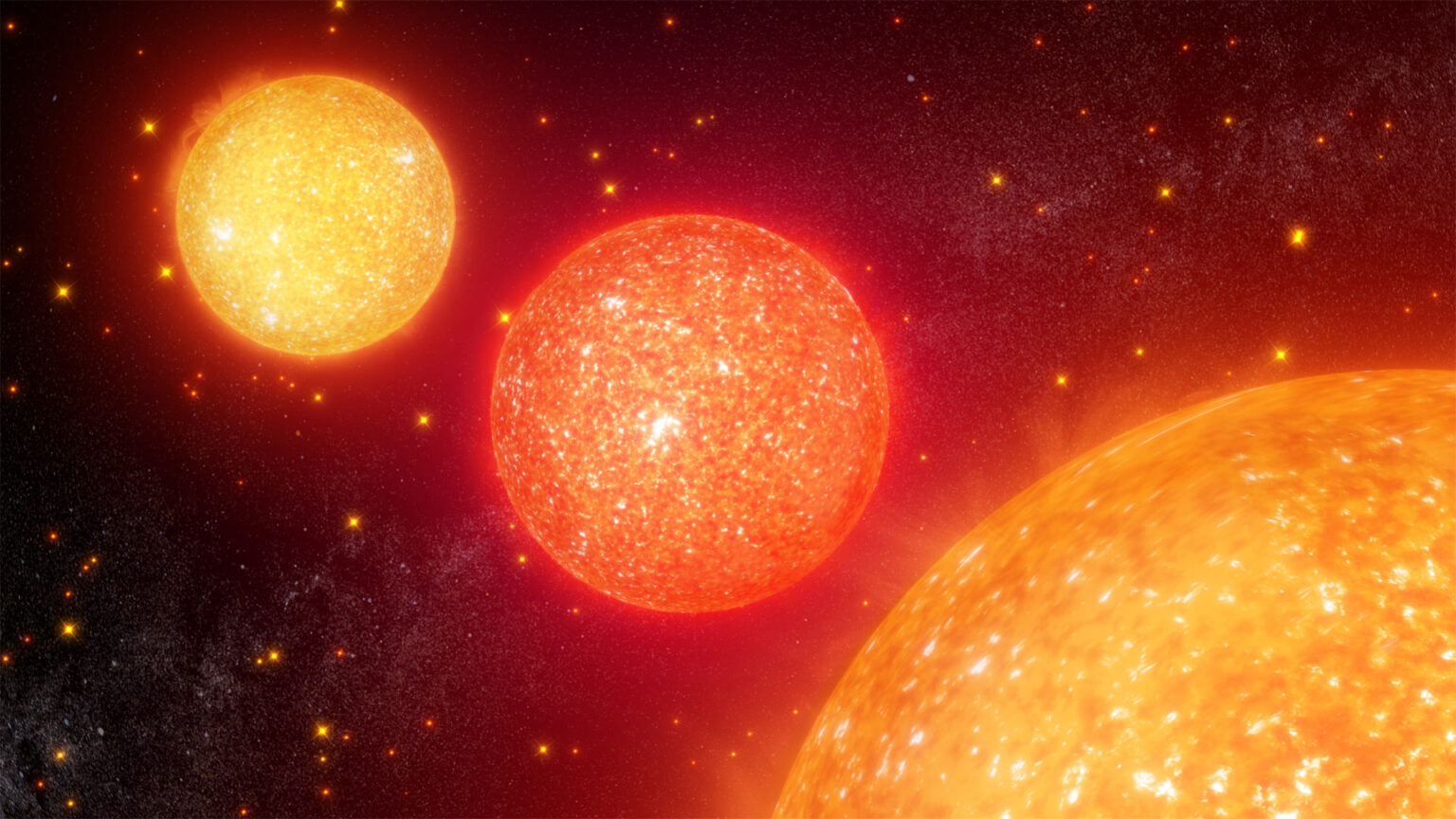Stars smaller than the Sun can generate extremely powerful magnetic fields that make life impossible on the planets around them. This effect occurs if the inner and outer layers of the sun rotate at different speeds.

Star Dynamo
Two scientists from Ohio State University in the USA published a study in which they proved that even stars smaller than our Sun could generate extremely powerful magnetic fields. This happens if the inner parts of these luminaries rotate faster than the outer ones.
The Earth’s magnetic field is caused by the dynamo effect. The iron core of our planet rotates slightly faster than the outer layers, and these movements of charges create a force that deflects the compass needle. Stars also have powerful magnetic fields, but they are caused by flows of heated and charged matter from the center to their upper layers. We see their activity as spots and flares.
Since all this is related to the temperature and size of the luminary, it is believed that the larger the star, the more powerful the magnetic field it can generate. However, in a new study, scientists have concluded that even in red and orange dwarfs, different layers may at some point begin to rotate at different speeds.
This will cause a dynamo effect similar to that of Earth and Jupiter. As a result, the magnetic fields of the luminaries will dramatically increase their power and cause a stream of charged particles that may not stop for billions of years.
Studies of stars confirm the assumption
Interestingly, the scientists made their assumptions after a number of studies carried out earlier this year. They observed the stars entering the M44 cluster, which are also called the Praesepe or the Beehive. It is located at a distance of about 577 light-years from us in the constellation Cancer.
Scientists used the Sloan Digital Sky Survey to obtain data on low-mass stars that are included in this cluster. In total, they examined 136 luminaries. And it turns out that a significant part of them demonstrate significantly more powerful magnetic fields than they should have. Researchers believe that this is caused precisely by the manifestation of the dynamo effect.
How are magnetic fields related to the possibility of life in the Universe
The new discovery might seem insignificant, but in fact it has a considerable impact on the assessment of the prevalence of life in the Universe. After all, most of the luminaries that fill it are smaller than the Sun. And life is generally worth looking for mainly next to them, because they have an extremely long period of stable luminosity.
Therefore, even if only a part of them has a dynamo effect, this can significantly reduce the number of habitable planets. However, even the authors of the study point out that it does not mean that there is no life outside the Earth.
Whether it is possible where statistically it should most likely exist — that is, near massive stars — is the subject of long disputes and complex scientific research. Almost every month, there are articles that either make it more likely or close this possibility again.
The key point in them is that they are overwhelmingly speculative and based on indirect evidence. The final point in the disputes can only be put by spectroscopic studies or direct observations, if people can still build apparatuses capable of reaching other stars.
According to phys.org
Follow us on Twitter to get the most interesting space news in time
https://twitter.com/ust_magazine
